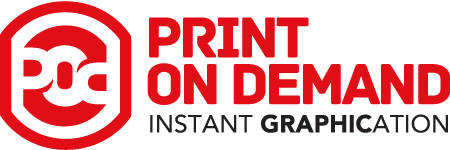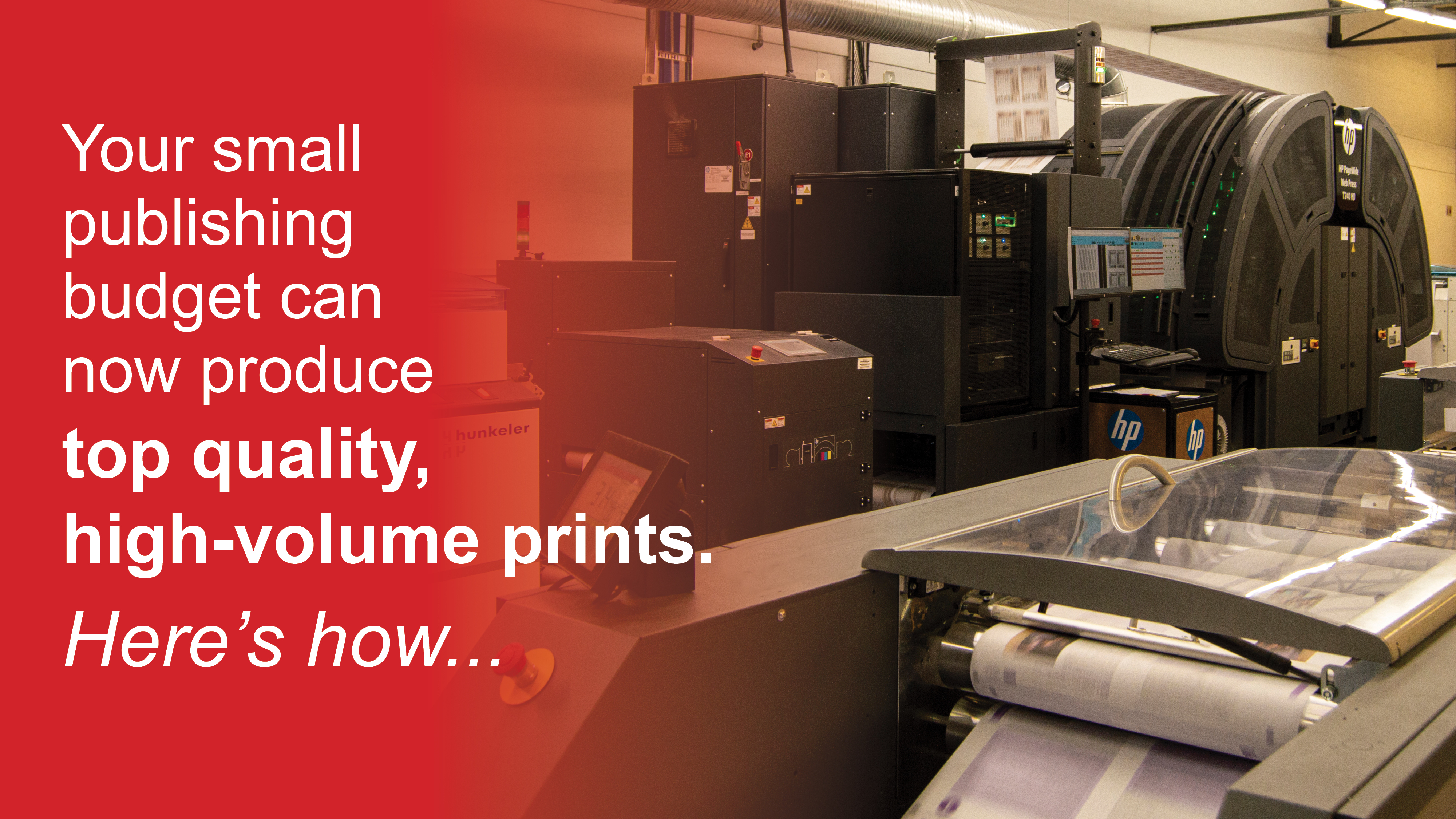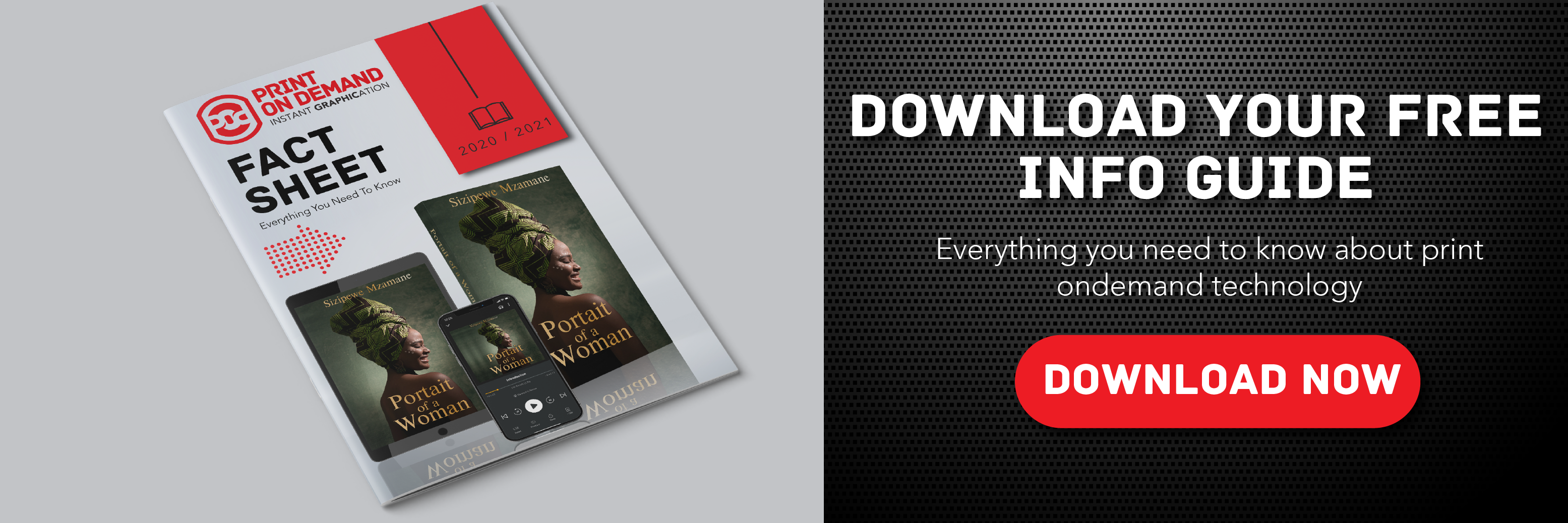Your small publishing budget can now produce top quality, high-volume prints. Here's how…
There is nothing quite like a tight budget or a lack of finances to take your creative ideas or brilliant business plans and thwart them before they have made it beyond the conceptual stage. No matter how sound, original or profitable the plan might be if you lack that initial capital your plan is never going to see the light of day.
For so long it has been this type of reality that has ensured the continued existence of major corporate players at the expense of the entrepreneur. In business, it can be incredibly hard going head-to-head with established players who are able to boast a known brand, a recognizable product and a bank balance funded by access to credit or profitability. This is certainly the reality for many in the publishing game who may have access to original and quality products, but simply not enough capital to translate this into mass-market success.
But in recent times this situation has changed quite significantly. With advances in technology, suddenly small and medium publishers, with limited budgets, can compete with the bigger boys and win. If you are operating in this space as a publisher with a limited budget or even as a self-publisher, here is how you can start to scale up and win.

It is all about Print Volume
Imagine this scenario – a manuscript lands on your desk and it is quite the most original and fantastic thing that you have read in a decade. If you can acquire the rights and distribute the book you could sell thousands, maybe millions of copies. But you have a limited budget that doesn’t allow for you to print the type of volumes that the more established players do. What do you do? Do you let the opportunity pass? Do you mortgage the house and start praying? No! Print Volume is a solution that allows you to print at high quality in limited amounts.
In short, print an initial run using whatever budget you have available. Circulate and promote the book as you usually would and see what orders start to come in. Then, as the orders arrive, you can commit to printing more copies. While not everything changes, significant elements of the old-school model of pricing a book, as explained by Brian Jud at bookbusinessmag suddenly go flying out the window.
The game has changed in more ways than one
The Print Volume solution offered by Print on Demand not only delivers a high-quality product, printed at a rate of 6000 pages a minute, it also takes care of shipping and delivery. This, frankly, is a game-changer for publishers with a limited budget, as suddenly the need to warehouse, hold large quantities of stock and liaise with courier companies and distribution partners is all consigned to history. All your needs can be met by a single partner, who is equipped to produce exactly what you need – nothing more and nothing less.
But wait, there’s more
So, we have heard about the speed at which Print Volume orders can be fulfilled and we have also heard about the distribution benefits. But there is still more. A quick peek at the website informs us that the process has several other fail-safes and checks in place as well to ensure that the process runs smoothly from start to finish. According to the experts, once the job has been loaded to their finishing lines, a series of scanners check it and output any errors into waste bins. Meanwhile, the production team has added a series of quality checks throughout the production process. Then, once the job has been bound and trimmed, it is boxed and dispatched according to the client’s instructions. Talk about seamless!

Is it the same as Print on Demand?
The answer to this question is partly a ‘yes’ and partly a ‘no’. Print on demand is typically a solution touted for small publishers and self-publishers. The term ‘book of one’ is something that is often associated with the term print on demand. But this is not entirely the case. Quite simply print on demand allows publishers to print however many copies they need to, as and when they need to. The book of one service is at one end of the scale while the print volume is at the opposite end. The result however is the same – a happy publisher who has as many books as they can sell or distribute. All printed in high quality and turned around quickly.
This technology is the chance to disrupt and change the way things have been done in the publishing industry for years. It opens the door to the smaller publishers, and it even has scope to lower the average price of a book – because there is no longer the need to factor the cost of returns and unsold inventory into the pricing model. It is a win with a capital W. if this is your industry, now is the time to check it out and find yourself the right partner.





